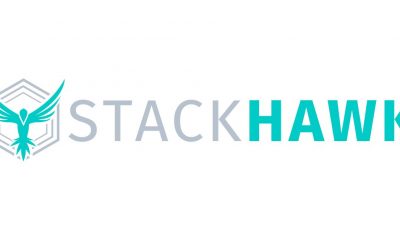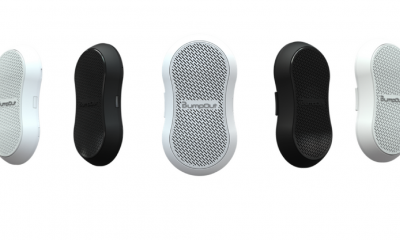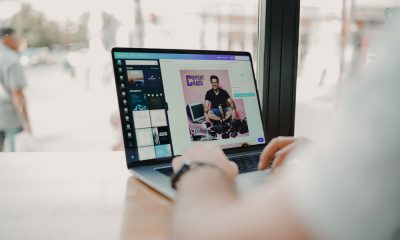Business
Is The Glass Ceiling A Myth?
Published
6 years agoon
By
Srobona Basu
The world has experienced three industrial revolutions; steam power (1784), electricity (1870) and electronics (1969); each of these revolutions has brought such unique changes that it has changed the basic ways of living life, they have made lives easier, simpler and faster. And women have always played a huge role in each of these revolutions, right from the very first one in 1784, extensive research in each of these revolutions have shown women’s involvement as textile workers, miners and seamstresses, in a way the women pushed the wheels of the revolution forward in every way as heavily as the men did. However their contribution has been heavily undermined or absent in most sources of history that do talk about the industrial revolutions, history has always been a man’s world.
We right now in the 21st century, are currently undergoing our fourth industrial revolution, this time it is digital technology which is taking over the world, it is the umbrella that shelters every industry that exist in the books and also the walker that supports it forward. Digital technology is revolutionizing our world at an unimaginable and unprecedented pace which we have never experienced and it’s only getting faster by the minute.
Tesla’s self-driven car and the drones that hover over our heads today have managed to put us in an era which only existed in science fiction up until a few decades ago. And while that is a truth which is to be cherished, another truth is that once again, women will be left out of this. This time not because their presence wasn’t acknowledged, but because there wasn’t enough of a presence to talk about in the first place. People want to either ignore the elephant in the room or argue that it doesn’t exist, but let’s talk about the glass ceiling in the tech industry.
- While women make up 59% of the total workforce, they are averaging only 30% of the workforce across major tech companies. That 30% includes both tech and non-tech jobs, like marketing and HR. When it comes to representation of women in tech jobs at tech companies, they can’t seem to break even 20 percent: women hold only 17 percent of the tech jobs at Google, 15 percent at Facebook, and 10 percent at Twitter.
- Women-owned companies in New York City today get just 17 percent of venture funding.
- Of the 41 Fortune 500 companies in the technology sector, only five have a female CEO.
- Only 14.3 percent of board seats of the top 100 tech companies are held by women.
- A 2013 study from the Proceedings of the National Academy of Sciences showed that men are two times as likely to be hired for a job in mathematics when the only difference between candidate profiles is gender.
- Nearly 40 percent of women with engineering degrees either don’t enter the field at all or quit soon after. Women in tech with business degrees also tend to leave the industry before rising in rank.
One of the biggest implications, outlined in The Industry Gender Gap report, is just how harmful this revolution may be to the progress of women because they are underrepresented in tech. As market forces transform industries to favor technological skills, women only hold 26 percent of all tech jobs. Worse yet, they only stand to gain one new STEM job for every 20 that are lost in other disrupted industries. For men, that ratio is a much more favorable one to four.
Microsoft reported that women comprise 29.1 percent of its workforce, but only 16.6 percent work in technical positions and just 23 percent hold leadership roles. Twitter said women fill 10 percent of its technical jobs with 21 percent in leadership. And women Googlers account for 17 percent of the search giant’s tech jobs, while 21 percent manage others. Statistics and figures are always boring, but in this case they matter because they show us how few women are influencing product development and business strategies- the top two rungs at the top of the industry’s corporate ladder. Not only is that bad for women, but also it’s extremely harmful for business; studies show that companies with different points of view, market insights and approaches to problem solving have higher sales, more customers and larger market share than their less-diverse rivals.
As tech remakes the world, women will miss the chance to affect the massive economic and social changes this fourth industrial revolution will bring. If women don’t participate in tech, they are losing the chance to influence the largest economic and social change of this century. It’s a downward spiral the whole way, female representation in tech actually used to be higher in the mid-‘80s that it is now and this decline is unique to the field of computer science since women participation has increased in every other field.
What women have been experiencing in the tech industry isn’t any form of discrimination or sexism, instead they are faced with an air of condescension which just leads to isolation and discouragement. It’s time that companies admit that there is a problem. This situation doesn’t only require creating policies that create cultures that are open to women and support their career advancement, it requires changing an entire mindset. We just have to wipe out the stereotypes of the last 200 years or so, one thought at a time.
You may like
Business
Top 10 Free and Paid eCommerce Tools for 2025
Published
13 hours agoon
September 18, 2025By
Skylar Lee
Starting an eCommerce business is no easy feat. You have to think about sales, marketing, customer service, invoicing, and inventory all at once. Some platforms may offer those, but you need other eCommerce tools to make life easier and automate your processes. But which are the best ones? I’ve compiled a list of the best ones here.
1. Shopify
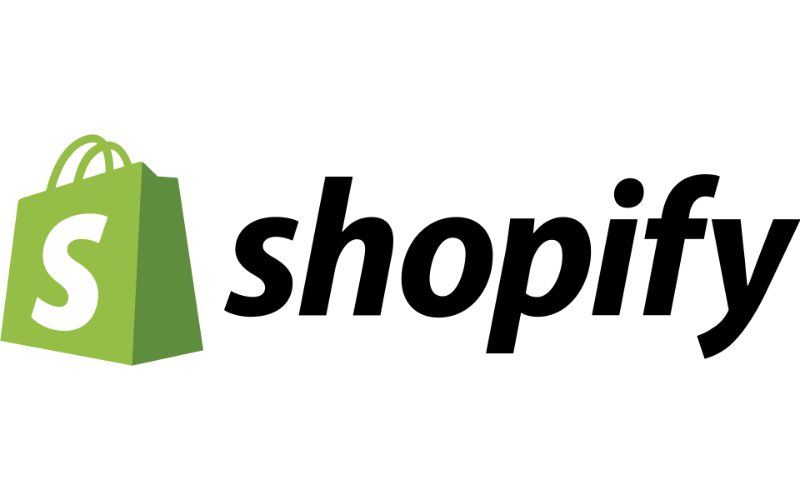
Type: eCommerce platform
Any eCommerce tools list would simply be incomplete without the mention of Shopify. After all, Shopify is one of the leading eCommerce platforms of all time. The eCommerce platform makes it easy for new eCommerce businesses to set up shop in no time. They have a bunch of tools to keep any eCommerce business around, such as branding, point of sales, email marketing, and payment tools.
With Shopify, you don’t have to create a website immediately if you don’t need it yet. If you want to start small, Shopify has a Starter plan where you can reach customers via social media or messaging apps.
Pricing:
Starter (social and messaging apps only) – $5/mo
Basic – $29/mo
Shopify – $79/mo
Advanced – $299/mo
2. Veeqo
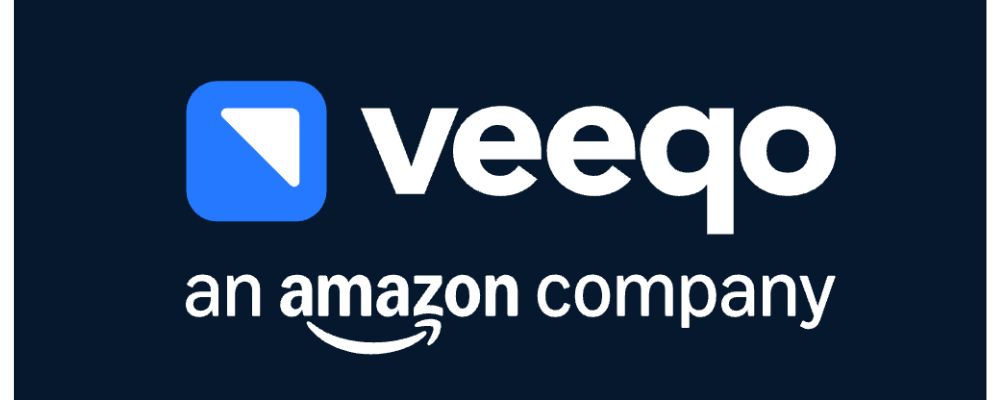
Type: Inventory and logistics
Even though Shopify has everything you need to get your business ready from launch to your first sale, you can integrate tools into the platform, such as Veeqo. Veeqo is a logistics company helping eCommerce businesses with inventory and shipping.
You don’t have to worry about keeping track of all your products manually. With Veeqo, you can rest easy knowing they automate your stock every time there’s a sale. Plus, with shipping, you’ll have lowered rates on known logistics businesses, such as DHL and UPS. In addition, you can automate shipping processes.
Pricing: Veeqo Free, $250 per month for Veeqo Priority
3. SurveyMonkey

Type: Survey
One eCommerce tool that you should use is a survey. This helps you get a pulse of what’s going on with your customers, and one of the survey tools you should use for your eCommerce business is SurveyMonkey.
With SurveyMonkey, you’ll also know what your customers think of your products, aside from the reviews they give. Surveys will provide you with more input, and you’ll learn how to improve your products and how you can interact with your customers better. But it’s not just a tool for your customers. You can also ask your employees how they can improve your eCommerce business.
Pricing:
Team Advantage – $25/user/month
Team Premier – $75/user/month
Enterprise – Contact sales
4. Wave

Type: Accounting and Invoicing
Most eCommerce platforms will have their own payment portal. But if you want an all-around easy-to-use small business financial service software, Wave is one of the best eCommerce tools to use. They have these nifty features:
- Invoicing
- Payments
- Accounting
- Banking
- Payroll
- Advisors
With Wave, you don’t need an accountant. Wave helps you with your taxes, bookkeeping, and billing. And if you still need financial help, advisors are ready to help you learn more about finance terms or concepts. Plus, Wave is free to use for their Invoicing, Accounting, and Bookkeeping features. Or, you can even hire a bookkeeper to do all the work for you.
Here’s the pricing for their Payments, Payroll, and Advisors features:
Payments: 2.9% + $0.60/ transaction (AMEX: $3.4% + $0.60/transaction)
Bank payments: 1%/transaction
Payroll: Tax service states – $40/mo; Self service – $20/mo
Advisors: Bookkeeping support – $149/mo; Coaching – $379/mo
5. Rewind
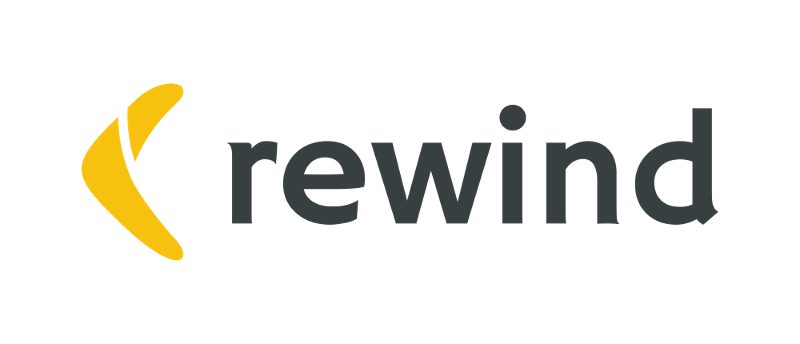
Type: Data protection
Any business with a website should know that they need to back up their data. After all, you can put it right back up anytime if outages or something unexpected happens to your website. And if you don’t want to lose your data, Rewind is one of the best eCommerce tools out there.
Rewind can help eCommerce businesses protect their business from any downtime with their daily backup. If you have integrated a 3rd party app into your website, but it’s not doing you any good, you can just rewind and get back to the last time you didn’t install it. Plus, they ensure your data is secure from any attacks.
Pricing: Starts at $45/mo
6. Zendesk

Type: Customer service
Zendesk is one of the best customer service tools of all time, with more than 100,000 brands and users helping customers with their concerns. The customer service tool will help eCommerce businesses connect with customers through email, phone, or live chat.
Pricing: Starts at $19 per agent per month, billed annually
7. Jungle Scout
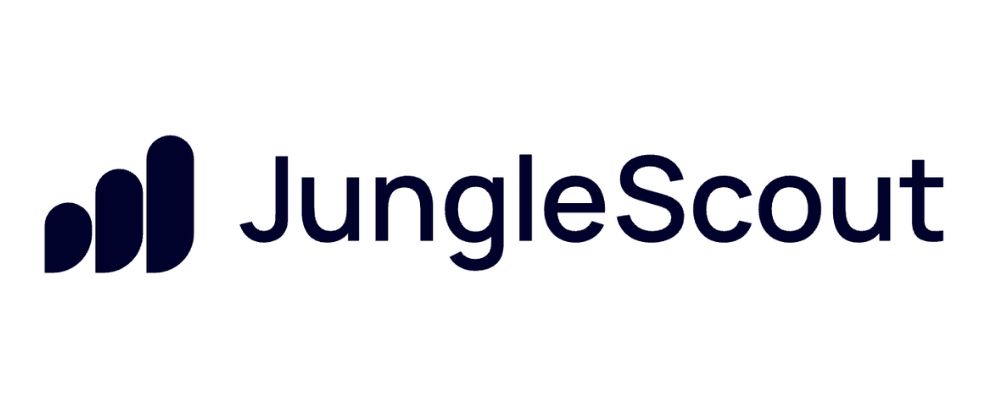
Type: Marketing
If you need a marketing and keyword research tool made for online sellers, Jungle Scout is one of the best eCommerce tools to use. This tool is for Amazon sellers, but you can still use this for your online store anywhere. You can grow your traffic with their keyword research feature, optimize listings, and get more reviews for your site.
They also have an inventory management feature. Plus, Amazon sellers can get more out of the tool with their finances and ads features.
Pricing: Starts at $29/month
8. Copysmith

Type: SEO/Marketing
Are you having trouble creating product descriptions for all of your items? Don’t fret, Copysmith is an AI writing tool to help you create a copy in minutes. It can be difficult trying to come up with persuasive copy that will get people to click add to cart.
With Copysmith, you’ll have an AI assistant giving suggestions from the keywords you provided. From there, you can choose from the best copy and add it to your website. Plus, they ensure that the copy is search engine optimized, so customers can visit your online store and get more traffic. In addition, you can also create bulk product descriptions for SKUs.
Pricing: Starts at $19 per month
9. MailChimp

Type: Marketing
MailChimp is best known for email marketing. But it has grown into an all-around marketing platform for any business. They have a comprehensive email marketing platform, allowing businesses to segment their audience, reach more, and analyze open and conversion rates.
Aside from email marketing, MailChimp allows businesses to create optimized landing pages and social media ads and send printed postcards.
Pricing: Free plan available, paid plans start at $13 per month
10. Google Analytics

Type: Analytics
Any entrepreneur or seller needs to keep track of their online business. And if you want to know how your online store ranks on one of the widely used search engines, you can use Google Analytics.
Most eCommerce platforms will have analytics, but Google Analytics can help you with your marketing, and you’ll know how to reach more customers. Plus, you can run ads with their Google Ads and Search Ads 360 features and get access to the Google Search Console.
Pricing: Starts for free
These eCommerce tools have proven their worth and helped other eCommerce businesses thrive in their own niche. Plus, they have also provided immense value and eased the minds of new and existing eCommerce businesses.
Business
What’s the Best Website to Get a Graphic Designer in 2025?
Published
16 hours agoon
September 18, 2025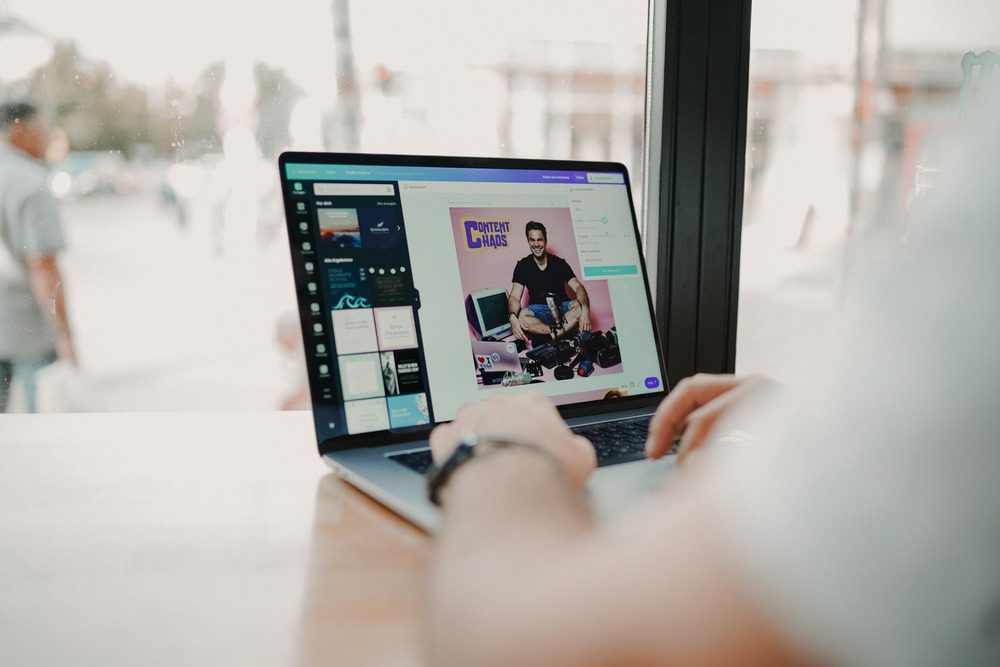
Great design makes your business shine. But when there are so many sites out there it’s hard to discern who to get your graphic design from. This article will outline the best graphic design hire websites in 2025 along with what they offer and their advantages and disadvantages so you can make an informed choice.
#1 Penji – Best for Unlimited Graphic Design

Ranked number one is Penji simply for its unlimited graphic design subscription. You pay a flat rate per month and can request as many designs as you’d like.
Pros:
- Unlimited requests and revisions
- Fast turnaround (24-48 hours)
- Flat rate pricing means no surprises
- Team of professional designers at your service
Cons:
- Not suitable for anyone who only needs one small project
- Monthly subscription fee could feel expensive for one-off users
Penji is ideal if you’re seeking out graphic design outsourcing services and want to avoid freelancers and fickle situations in the future.
#2 Design Pickle – Best for Business Support
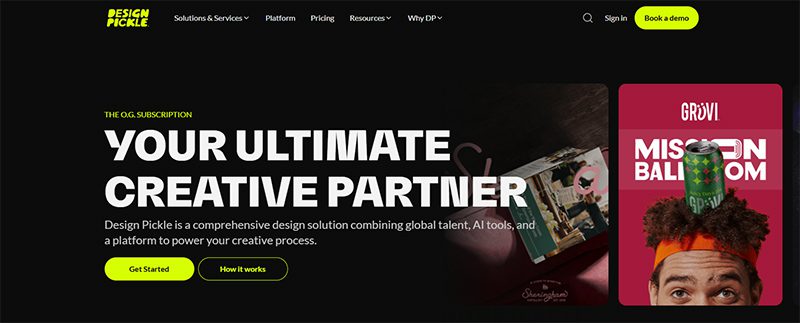
Design Pickle operates similarly to Penji with a subscription option that’s favored among businesses needing frequent graphics.
Pros:
- Unlimited design requests and revisions
- Flat monthly fee
- Designers dedicated exclusively to your projects over time
Cons:
- Turnaround time depends on how busy designers are with other projects
- Pricing is higher than other options if you’re not going to use the service frequently
This works well for business owners who are in need of constant support—but not necessarily the extensive offerings that Penji provides.
#3 Toptal – Best for Higher End Talent
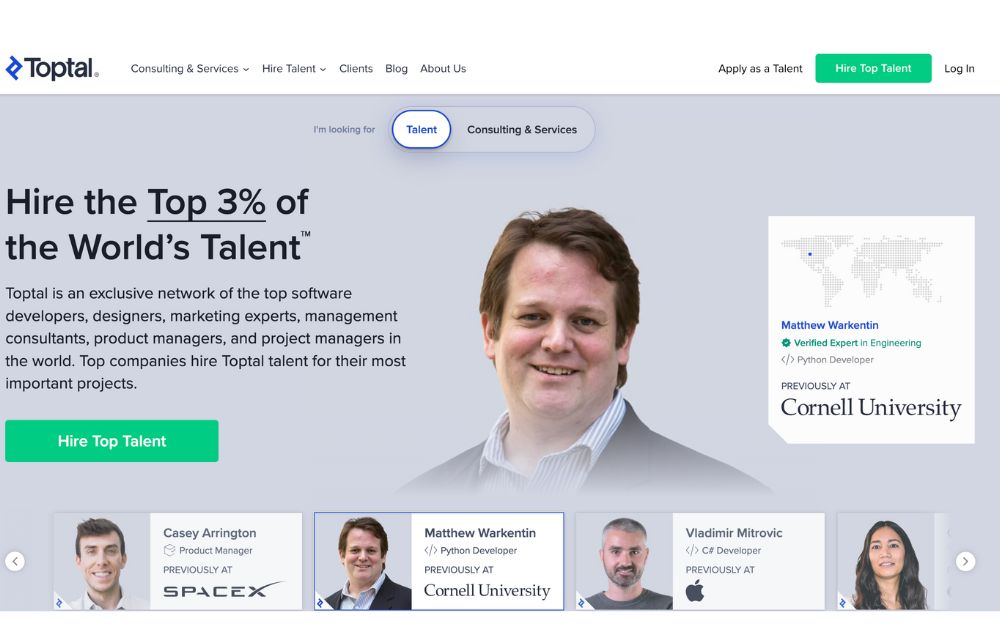
Toptal makes its mark by connecting you with top-quality freelance designers. If quality is your priority and money isn’t an issue, this is the best site.
Pros:
- vetted, top-tier designers
- Pay as you go, or employ long-term.
- Ideal for difficult design tasks that demand long-term engagement.
Cons:
- Significantly higher than all other options.
- Not ideal for smaller projects or finances.
Best for those who prioritize top-tier talent above cost reductions.
#4 Dribbble: Best for Creative Portfolios
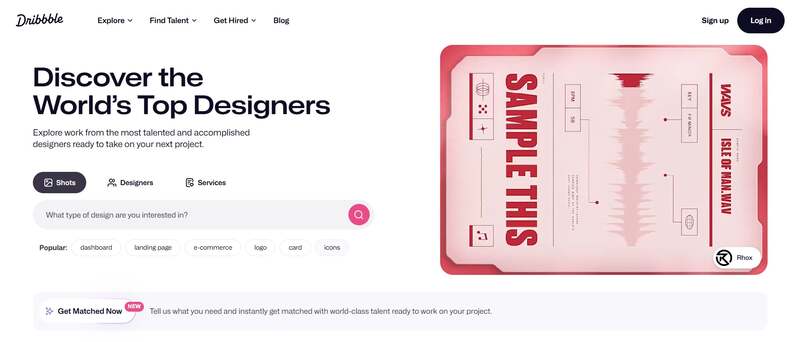
Dribbble is a community where designers can share their work. You can look through portfolios and contact the people whose work you admire.
Pros:
- Access to the specialized creators.
- Ideal for style discovery or inspiration.
- Communicate directly with designers before hiring.
Cons:
- No fixed-price service
- Quality ranges by creator—some might be available, others might not
- Takes a lot of time to research potential hires since they’re not all guaranteed availability or skill level
This is best for those who want to see portfolios created by potential candidates and match styles with their needs.
Conclusion
No matter which site you choose in 2025, you’ll find benefits from each. Go with Dribbble if you want creative freedom in hiring, Toptal if you’re looking for exclusive freelancers, and Design Pickle if you’re seeking ongoing support. But if you want consistent, affordable, unlimited graphic design without any guessing—Penji is number one. Visit penj.co today to streamline design for your business.
Business
What’s the Best Subscription Creative Service Agency in 2025?
Published
19 hours agoon
September 17, 2025
This year, we’ve witnessed how creative work moves at breakneck speed. We see brands launching faster, content increasing, and competition becoming more fierce. This is the reason subscription creative services are multiplying by the second. They are proven beneficial to businesses. But how do you choose? We compiled this short list of the best subscription creative services to help you decide.
1. Penji

Hands down, the best subscription creative service, Penji, has been making waves in the design niche since 2017. It offers a diverse range of innovative services, including web and app design, social media graphics, logo design, custom illustrations, and more. Its unlimited graphic design business model lets you send requests for as many designs as you want a month for a flat rate.
2. Reel Unlimited

For small businesses and startups, Reel Unlimited is the best subscription creative service for you. They can craft graphics, websites, and video content for you with fast delivery and unlimited revisions. You can avail of its 7-day free trial to determine if this is the right fit for your brand.
3. Designity

Taking pride in its hybrid business model, Designity combines freelance talent with creative direction. This is the ideal subscription creative service for businesses seeking strategic design leadership. It provides branding, web design, UX/UI, and a range of other marketing materials for your brand.
4. Superside

Next is Superside. This is the best subscription creative service for brands that require enterprise-level work. It has a focus on collaboration and scalability, making it the most suitable graphic design partner for large teams and global businesses.
5. NoLimit Creatives

Last but not least, NoLimit Creatives, the design service that offers both graphic and video design with flexible plans. It is most suited for agencies and eCommerce businesses. It provides a wide range of creative services, which include online ads, social media graphics, product packaging, and video editing.

Top 10 Free and Paid eCommerce Tools for 2025

What’s the Best Website to Get a Graphic Designer in 2025?

What’s the Best Subscription Creative Service Agency in 2025?

Top 10 Public Relations Tools Every Entrepreneur Should Check Out

What the Hell Was Magic Dirt? The Black Oxygen Organics Hoax

Unlimited Graphic Design Companies Of 2025 + Promo Codes (Updated)

What’s the Best Creative Design Company for you?

Unlimited Graphic Design Companies Of 2025 + Promo Codes (Updated)

Top 10 Pet Tech Products That Redefine How We Care for Pets

What the Hell Was Magic Dirt? The Black Oxygen Organics Hoax

Top 10 Free and Paid eCommerce Tools for 2025

Top 10 Public Relations Tools Every Entrepreneur Should Check Out

Top 10 Shipping Software Options for Businesses




